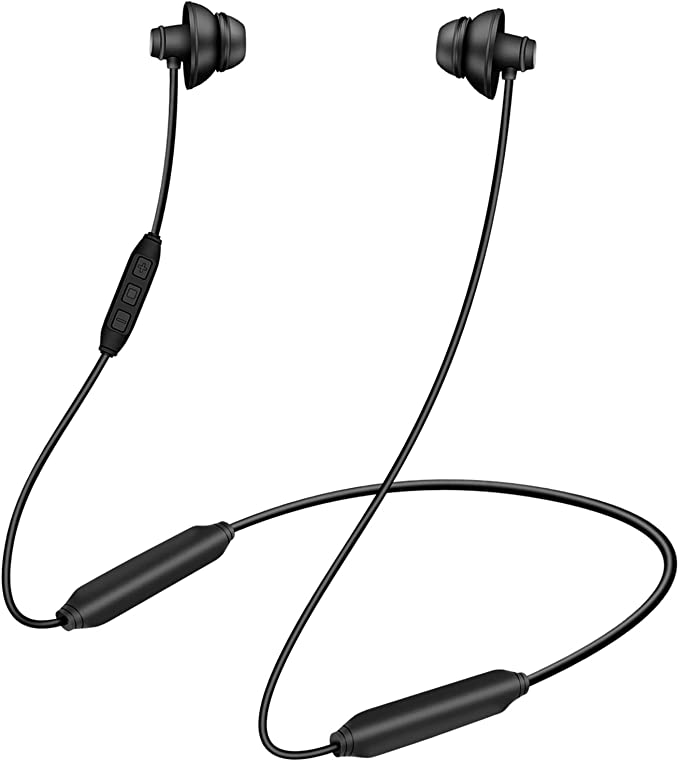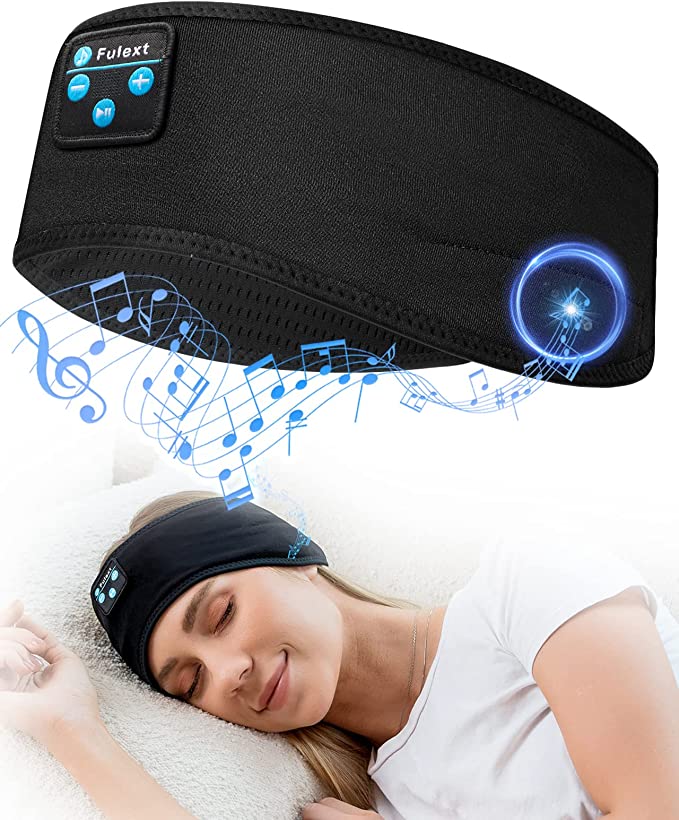Vibroacoustic Therapy Explained: The Science of Healing with Sound and Vibration
Update on Nov. 14, 2025, 3:01 p.m.
From the resonant hum of a Tibetan singing bowl to the rhythmic pulse of a shamanic drum, humanity has long intuited a deep connection between sound and healing. While these ancient practices were built on centuries of tradition, a modern field of scientific inquiry is beginning to decode the precise mechanisms behind this connection. This field is known as Vibroacoustic Therapy (VAT), a modality that goes beyond mere listening to use low-frequency sound vibrations as a tool to interact directly with the body’s cellular and neurological systems.
This is not simply “sound therapy” or a playlist of calming music. VAT is a distinct discipline where physical vibrations are applied to the body to elicit a physiological response. To understand its potential for influencing everything from chronic pain to deep-seated stress, we must first explore the fascinating science of how our bodies interpret and respond to the physical energy of sound.

The Body as a Resonator: How Cells ‘Hear’ Vibration
At the most fundamental level, vibroacoustic therapy operates on a principle known as mechanotransduction. This is the biological process where cells convert physical, mechanical stimuli (like pressure or vibration) into electrochemical signals. Our bodies are not inert structures; they are dynamic systems teeming with specialized cellular receptors—mechanoreceptors—that are constantly sensing forces in their environment.
When a VAT device delivers a low-frequency vibration (typically in the 30-120 Hz range), it sends a cascade of these physical signals throughout the body’s tissues. This energy doesn’t just passively pass through; it actively stimulates these receptors, triggering a chain of cellular communication. While the concept of “cellular resonance”—the idea that specific frequencies can be used to restore unhealthy cells to their natural vibratory state—is still an area of ongoing research, the established science of mechanotransduction confirms that our cells are exquisitely sensitive and responsive to physical vibration. This cellular-level communication is believed to be one of the foundational mechanisms through which VAT can influence physiological processes like circulation and cellular renewal.
Tuning the Nervous System: From ‘Fight-or-Flight’ to ‘Rest-and-Digest’
One of the most immediate and profound effects of VAT is its influence on the Autonomic Nervous System (ANS). The ANS is the body’s master control system for involuntary functions, and it’s divided into two key branches:
- The Sympathetic Nervous System: Our “gas pedal,” responsible for the ‘fight-or-flight’ response. It elevates heart rate, tenses muscles, and prepares the body for stress.
- The Parasympathetic Nervous System: Our “brake pedal,” which governs the ‘rest-and-digest’ state, promoting relaxation, lowering heart rate, and facilitating recovery.
In our modern world, many people exist in a state of chronic sympathetic over-activation. The constant, low-level hum of stress keeps the gas pedal pressed down. Low-frequency vibration has been shown to be a powerful tool for stimulating the vagus nerve, the primary conduit of the parasympathetic nervous system. By activating this nerve, the gentle, rhythmic vibrations of VAT can help shift the entire autonomic balance away from stress and towards relaxation. This shift is not just a feeling; it’s a measurable physiological event that can lead to reduced heart rate, deeper breathing, and a systemic decrease in muscle tension.

The Pain Puzzle: Closing the ‘Gate’ on Discomfort
For individuals dealing with chronic pain, VAT offers a promising avenue for relief, explained in part by the Gate Control Theory of Pain. Proposed by scientists Ronald Melzack and Patrick Wall, this influential theory suggests that there is a neurological “gate” in the spinal cord that can either allow pain signals to travel to the brain or block them.
Pain signals are transmitted along small, thin nerve fibers. However, other sensory signals, like touch and vibration, are carried by larger, faster nerve fibers. According to the theory, when the large fibers are stimulated, they can effectively “close the gate” on the smaller pain-carrying fibers, inhibiting the transmission of pain signals to the brain. The consistent, low-frequency input from a vibroacoustic device provides a steady stream of non-painful sensory information that competes with and can override the pain signals, thereby reducing the perception of pain. Clinical studies have shown this can be beneficial for conditions ranging from fibromyalgia to menstrual pain and arthritis.
Hacking the Brain: The Power of Brainwave Entrainment
Beyond the cellular and nervous systems, VAT can also interact directly with the brain’s electrical activity. Our brains are constantly producing rhythmic electrical patterns known as brainwaves, which correspond to different states of consciousness:
- Beta waves are associated with active, focused thought.
- Alpha waves are linked to a relaxed, meditative state.
- Theta waves are present in light sleep and deep relaxation.
- Delta waves dominate during deep, restorative sleep.
A phenomenon known as brainwave entrainment, or the “frequency-following response,” describes the brain’s tendency to synchronize its own rhythm to that of an external, rhythmic stimulus. The consistent pulse of a vibroacoustic system provides just such a stimulus. By delivering specific frequencies, a VAT session can gently encourage the brain to shift its dominant brainwave pattern. For example, a session using frequencies in the alpha range (8-12 Hz) can help guide the brain from a stressed, beta-dominant state into a more relaxed, meditative one. Similarly, sessions targeting theta and delta frequencies can be a powerful aid for individuals struggling with insomnia, helping to prepare the brain for deep sleep.

From Clinical Theory to Home Application: The Sound Oasis VTS-2000
Understanding these scientific principles is one thing; accessing them is another. While clinical VAT systems have been used for decades, devices are now emerging that bring this technology into the home. A prime example is the Sound Oasis VTS-2000 Vibroacoustic Therapy System.
What makes this device a noteworthy application of the science is its development in collaboration with Dr. Lee Bartel, a leading academic and researcher in music medicine and vibroacoustics. This expert-led design ensures that the pre-programmed soundscapes are not arbitrary but are composed of specific frequencies intended to target different therapeutic outcomes—Energize, Relax, Sleep, and Stress Relief. The system delivers these frequencies both audibly as soothing music and physically as low-frequency vibrations through the mat.
Furthermore, the inclusion of Bluetooth connectivity acknowledges a key aspect of modern therapy: personalization. While the built-in tracks provide a structured experience, users can stream their own sources of therapeutic audio—be it specific frequencies from online platforms or guided meditations—allowing the device to serve as a high-fidelity transducer for a near-infinite library of vibroacoustic content.
Conclusion: The Future is Resonant
Vibroacoustic therapy represents a powerful convergence of ancient healing wisdom and modern scientific understanding. By leveraging the body’s own intricate systems for sensing and communication, it offers a non-invasive, drug-free pathway to potentially manage pain, mitigate stress, and improve sleep.
While it is not a panacea, the growing body of research, coupled with the increasing availability of well-engineered home-use systems like the Sound Oasis VTS-2000, suggests that we are at the beginning of a new era in personal wellness. We are learning to use sound and vibration not just as forms of entertainment, but as precise tools to communicate with our bodies in their native language, helping to restore balance and promote healing from the inside out. The journey into the therapeutic potential of vibration is just beginning, and it promises a future where we can all learn to tune our bodies for optimal well-being.









































